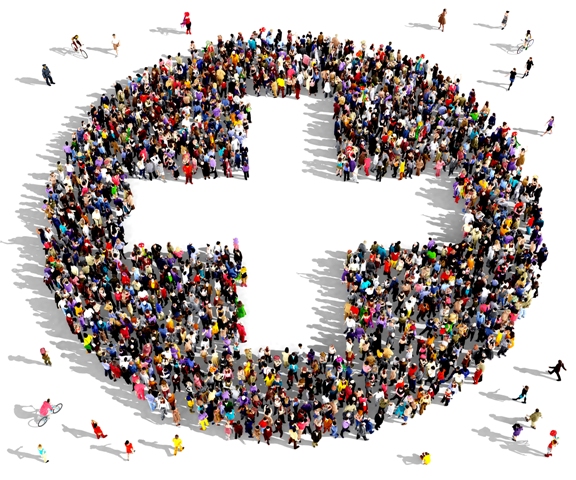“Interior Design is Art optimized to meet Objectives”
It’s been more than a decade now since I started my career as an Interior Designer. I’ve seen the ups and downs of the healthcare industry and witnessed drastic changes in one of the most rapidly emerging sector. From novel discoveries to stringent policies, the global healthcare sector has always been in the news.
As an Interior Designer, I have always been an integral part of the industry’s effort to focus on more innovative clinical care strategies. I always believed that Interior Design, with its potential to develop high-performance solutions, has the ability to drive sustainable results.
My career includes, but is not limited to, planning and designing interior space as per the client’s requirements and business needs. Our projects can range between ordinary homes to lavish villas; small interiors to large business spaces. From “understanding flooring, spacing and lighting needs” to “developing strategic design solutions”, healthcare interior design has become a part and parcel of the healthcare industry, and we are proud to be a part of it. Moreover, our design strategies, although dependant on the scope of work and client needs, are ultimately aimed at creating functionally-efficient and aesthetically-pleasing interiors.
Two major factors that determine the success of any medical space are – patient retention and employee welfare. Keeping in mind the success of our clients, our clear and strong design approach also utilises the principles of design psychology while creating healing environments with a clear and strong design approach.
According to Design Psychology, “The design factors of hospitals have been correlated to healthcare providers’ satisfaction from work, visitors and patients’ preferences, and their perception of physical features and spatial configuration.”
If you wish to understand that “Design” and “Psychology” coexist, then you need to first understand how an Interior Designers can transform soul-less rooms into lively spaces. Spaces to which the residents can emotionally connect to, and psychologically relate to.
“The design factors of hospitals have been correlated to healthcare providers’ satisfaction from work, visitors and patients’ preferences, and their perception of physical features and spatial configuration.”
So, how do we achieve this? Well, it doesn’t happen overnight. We put in a lot of effort and creativity into each and every phase of an interior design project.
Speaking about phases, any interior design project goes through 5 major phases – Scope Definition, Programming, Schematic Design, Design Development and Construction Administration. While businesses prefer to use their own terminology to describe these phases, we’d prefer to stick to the basics.
Phase I and II: Scope Definition and Programming:
We’ve got a client, who loves our portfolio, and wants us to transform their space. So, where do we start?
Pretty simple, we start with the client.
The phases Scope Definition and Programming involve requirement gathering, formulating the design strategy that is in line with the regulatory standards, budgeting and scheduling, work allocation within the team, and identifying the best contractors.
This is where we take inputs from the clients and gather pictures of their existing space as a reference for the team members. Once we understand the scope of work based on the client’s requirements, we present the estimated budget to the client. The moment when all the approvals are gathered, and the agreements are signed, the project actually sets off.
Phase III and IV: Schematic Design and Design Development:
This is when we do a lot of brainstorming coupled with some out-of-box thinking. We come up with some ideas that suit the client’s business needs and personal choices.
We also propose a couple of design theme options, to give them an overview of the look and feel of the final space. Since Day 1, we are constantly connected with the client with to and fro emails. Based on the client’s feedback that we fine tune our understanding of their needs and interests.
Meanwhile, our design team starts off with the space planning and floor plan layouts. Once the theme is finalized and the floor plan is ready, the next phase would be identifying furniture, finishes, fixtures and equipment that match the theme. We provide the clients with a varied set of options to choose from.
Under the Design Development phase, the final design package, along with the respective pricing, is submitted to the client. We also create a 3D design of what the final design is going to look like to provide the clients with a better understanding of the design outcome.
Phase V: Construction Administration:
We’ve decided the theme, finalised the design and finishes, and the client is happy. Now, we enter the construction administration phase. At LA Healthcare Design Inc., we personally monitor the progress of the construction process.
Construction administration basically involves assigning the job to a contractor, ordering furniture, fixtures, and other accessories, as well as onsite monitoring to ensure it is in line with the approved design package and in compliance with the regulatory standards.
Having said that, the last phase would be Project Completion phase, where we congratulate our clients on the successful launch of their new practice with some lovely flowers, a bottle of champagne and a customized thank-you card. This is the hard work of our entire team will have been finally paid-off! **
LA Healthcare Design Inc. offers Medical Tenant Improvement services in which we improve existing spaces and design new custom office spaces that meet your branding needs. Feel free to reach out to us here for a consultation.




